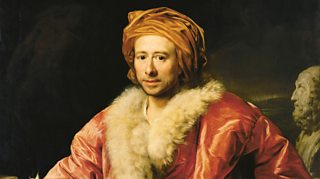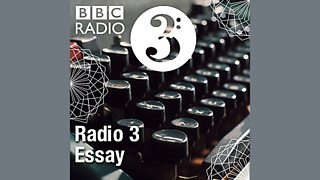Parade
Art critic Richard Cork discusses Pablo Picasso's designs for the Ballets Russes production Parade, which premiered in Paris in 1917, featuring music by Erik Satie.
The long-running series in which scholars, writers and critics explore the impact of the First World War on individual artists through a single work of art.
4.The distinguished art critic, Richard Cork, discusses Pablo Picasso's designs for the Ballets Russes production, Parade, which premiered in Paris in 1917, with music by Erik Satie and a one-act scenario by Jean Cocteau.
Picasso's sets and costumes for Parade are now considered key works, representative of the tumultuous era in which they were produced. At the onset of war, Picasso had left France and moved to Rome, where the Ballets Russes rehearsed. He soon met the ballerina Olga Khokhlova, and married her in 1918, so these were years of personal change as well as artistic.
Although the ballet took time to gain critical response, its originality was recognised by some at the time. Guillaume Apollinaire, who wrote the programme notes for Parade, described Picasso's designs as "a kind of surrealism" (une sorte de surr茅alisme) three years before Surrealism developed as an art movement in Paris, partly as a response to the war.
Producer: Beaty Rubens.
Last on
More episodes
Broadcast
- Thu 25 Jun 2015 22:45大象传媒 Radio 3
Death in Trieste
Watch: My Deaf World
The Book that Changed Me
Five figures from the arts and science introduce books that changed their lives and work.
Podcast
-
![]()
The Essay
Essays from leading writers on arts, history, philosophy, science, religion and beyond.





